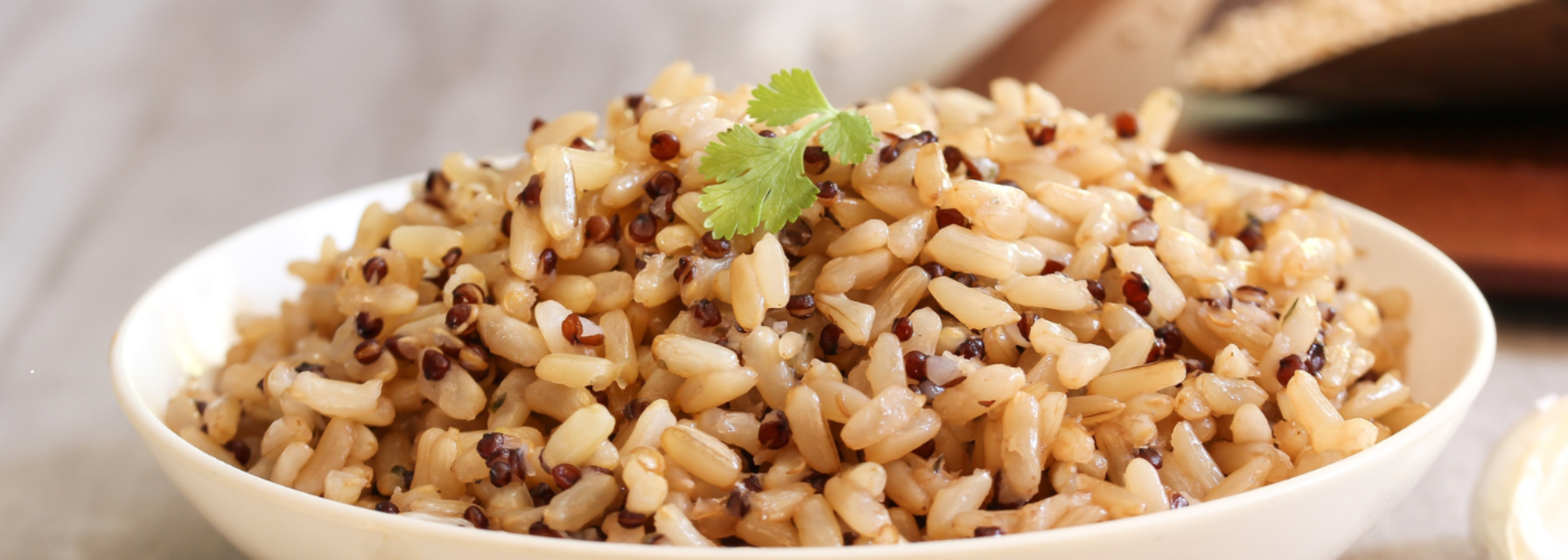Is Brown Rice Really The Healthier Alternative?

Credits: Canva
SummaryNew research from Michigan State University shows brown rice has higher levels of arsenic than white rice, raising concerns for children under five. While the health risk is low for most adults, experts say food safety should also factor into healthy eating decisions.
End of Article
